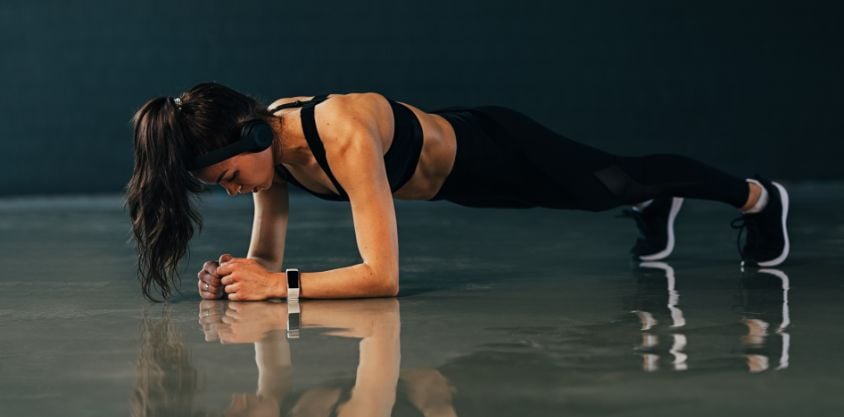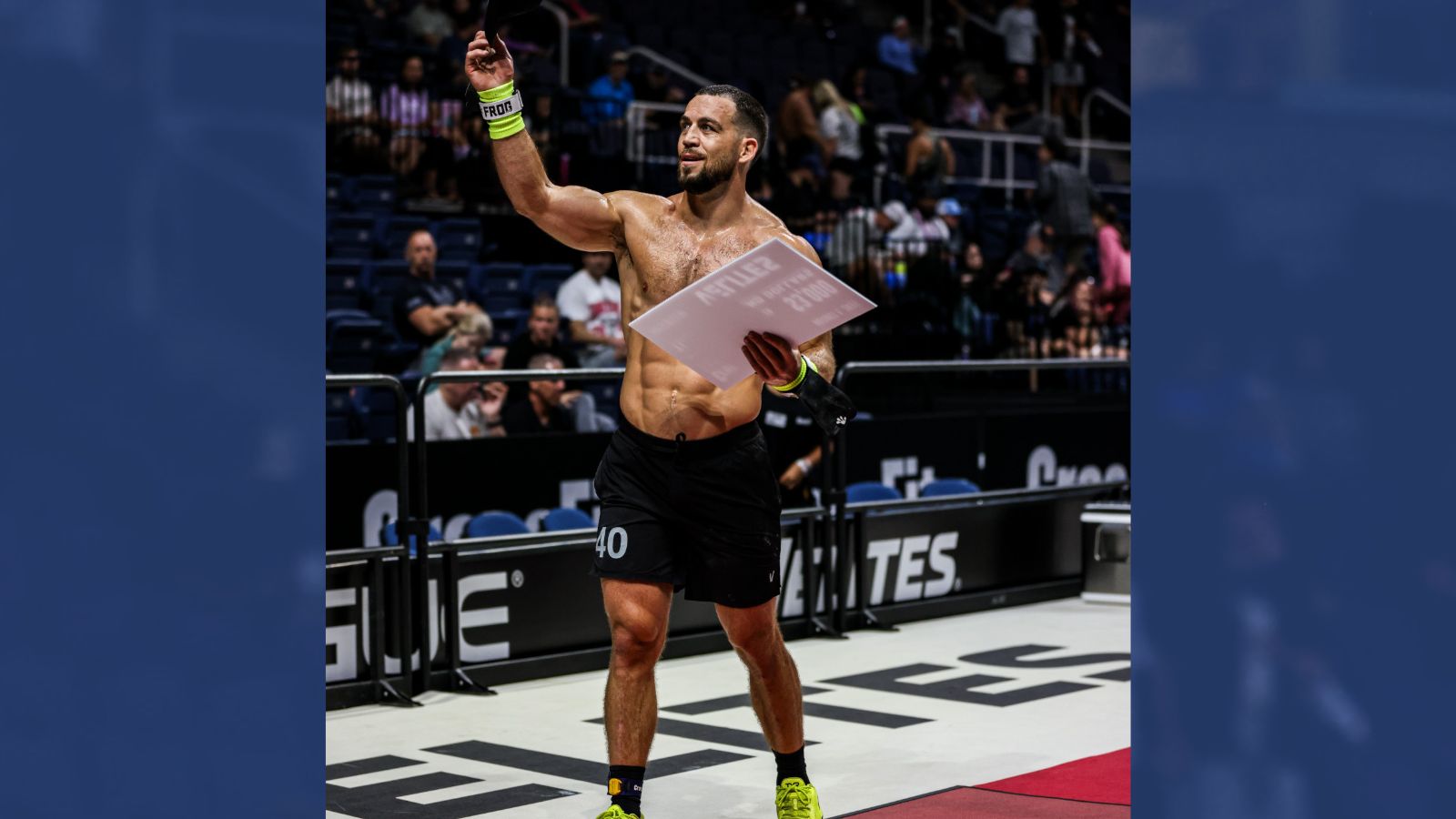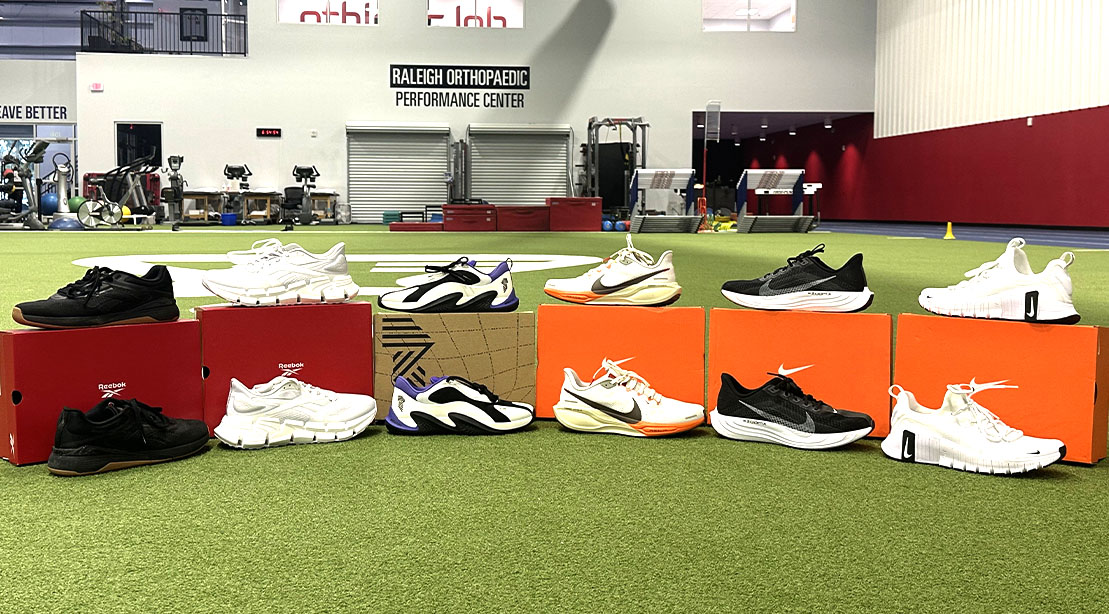Feeling like your body isn’t cooperating the way it used to? You’re not alone. After 40, many women notice changes in their energy, muscle tone, and overall strength. The good news is that strength training can help you feel stronger and more confident at any age.
You don’t need a gym membership or expensive equipment. These 18 strength exercises for women over 40 can be done at home with basic equipment or just your body weight. Whether you want to build muscle, protect your bones, or simply feel better in your daily activities, these exercises will help.
Starting a fitness routine at 40 or beyond might feel intimidating, but it doesn’t have to be. You can begin wherever you are right now and progress at your own pace. Let’s look at simple, effective exercises that will help you stay fit and toned.
18 Strength Exercises for Women Over 40
Upper Body Exercises
1. Wall Push-Ups
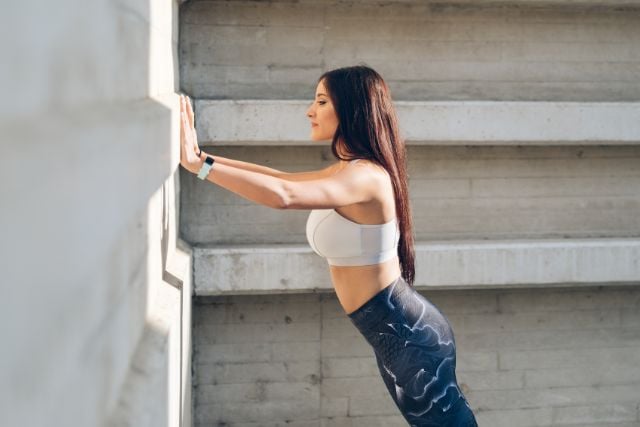
Great for beginners or anyone rebuilding upper body strength.
How to do it:
- Stand arm’s length from a wall
- Place your palms flat against the wall at shoulder height
- Keep your body straight and lean toward the wall
- Push back to starting position
- Do 8-10 repetitions
Benefits: Strengthens chest, shoulders, and arms without the difficulty of floor push-ups.
2. Modified Push-Ups
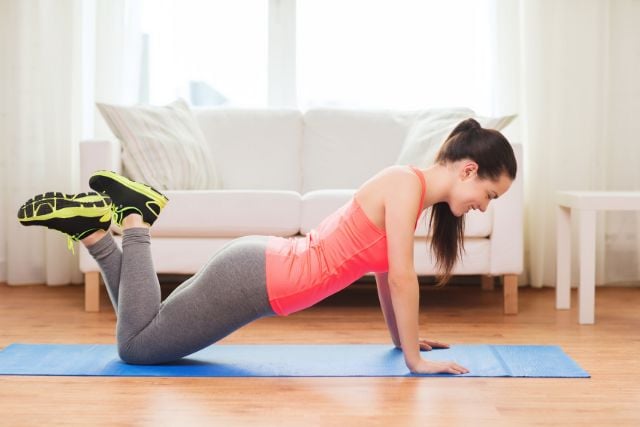
Ready to progress from wall push-ups? Try these.
How to do it:
- Start on your hands and knees
- Walk your hands forward until your body forms a straight line from head to knees
- Lower your chest toward the floor
- Push back up to starting position
- Aim for 5-8 repetitions
Make sure to keep your core tight throughout the movement.
3. Tricep Dips Using a Chair
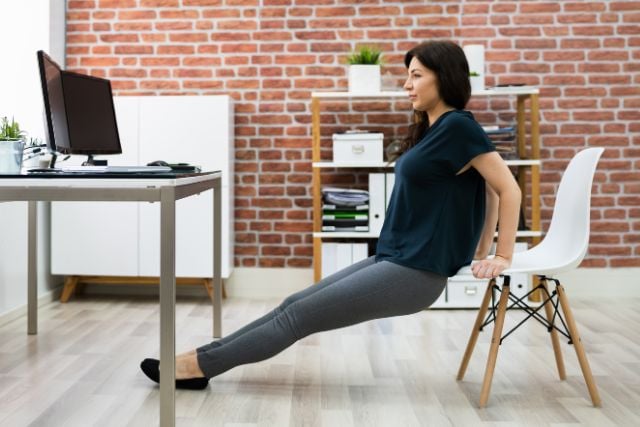
Targets the back of your arms effectively.
How to do it:
- Sit on the edge of a sturdy chair with hands gripping the seat
- Slide your body off the chair, supporting yourself with your arms
- Lower your body down, then press back up
- Start with 5-8 repetitions
You can make it easier by keeping your feet closer to the chair.
4. Resistance Band Rows
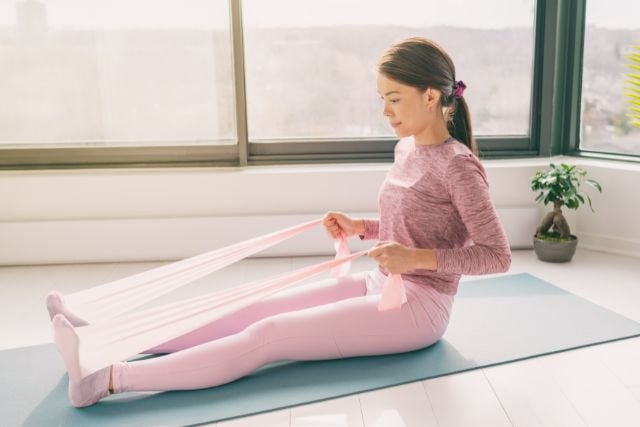
Perfect for strengthening your upper back.
How to do it:
- Sit with legs extended and a resistance band around your feet
- Hold the band handles and pull them back toward your body
- Squeeze your shoulder blades together
- Slowly return to starting position
- Do 10-12 repetitions
Focus on pulling your shoulder blades together at the end of each rep.
5. Overhead Press with Dumbbells

Builds shoulder strength for everyday lifting tasks.
How to do it:
- Stand with feet hip-width apart, holding dumbbells at shoulder height
- Press the weights straight up overhead
- Lower with control back to shoulder height
- Complete 8-10 repetitions
Here is a safety tip. If your lower back arches, sit in a chair for support.
6. Bicep Curls
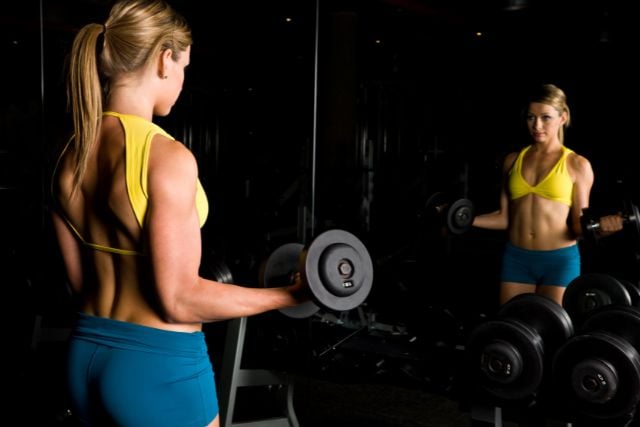
Simple and effective for building arm strength.
How to do it:
- Hold dumbbells at your sides with palms facing forward
- Curl the weights up toward your shoulders
- Lower slowly back to starting position
- Complete 10-12 repetitions
Remember to keep your elbows close to your body throughout the movement.
Lower Body Exercises
7. Bodyweight Squats
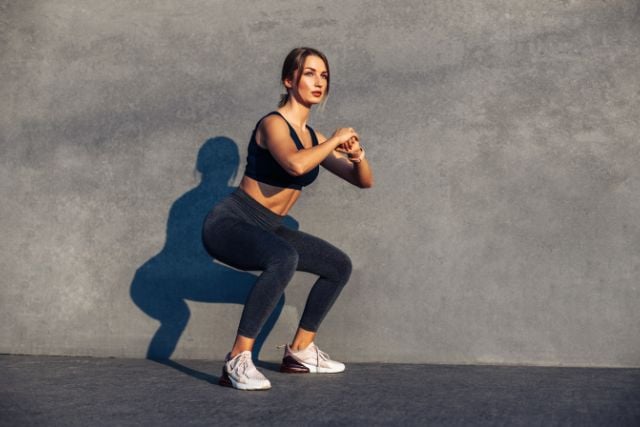
Works your entire lower body and core.
How to do it:
- Stand with feet slightly wider than hip-width apart
- Lower your body as if sitting back into a chair
- Keep your weight in your heels and chest up
- Stand back up to starting position
- Do 10-15 repetitions
Here is a helpful tip. Place a chair behind you to practice the sitting motion.
8. Lunges
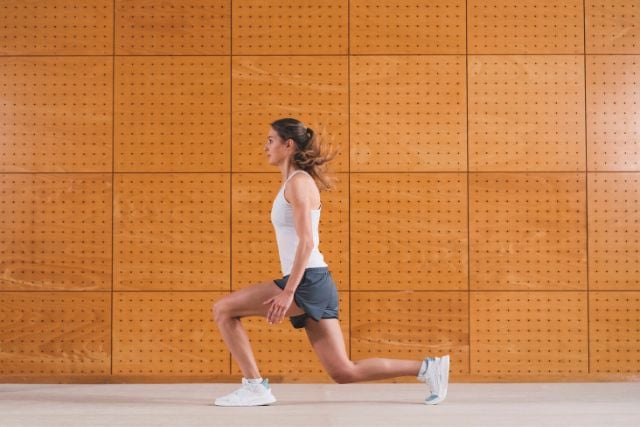
Builds leg strength and improves balance.
How to do it:
- Step forward with your right foot
- Lower your body until both knees are bent at 90 degrees
- Push back to starting position
- Alternate legs for 10 repetitions each
Balance really helps. Hold onto a wall or chair if you feel unsteady.
9. Glute Bridges
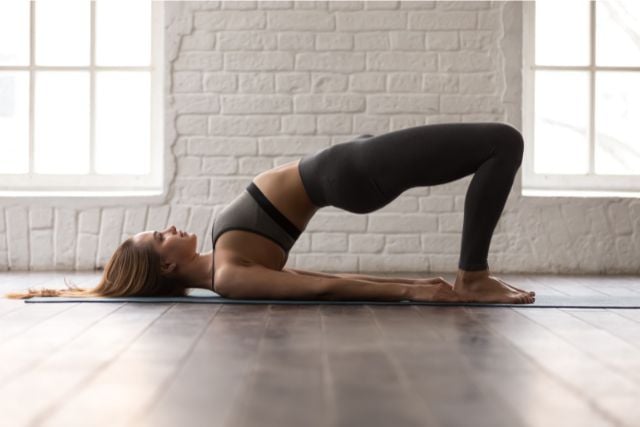
Strengthens your glutes and lower back.
How to do it:
- Lie on your back with knees bent and feet flat on the floor
- Squeeze your glutes and lift your hips up
- Hold for 2 seconds at the top
- Lower back down slowly
- Do 12-15 repetitions
If you want to progress, try lifting one leg at a time once you master the basic version.
10. Calf Raises
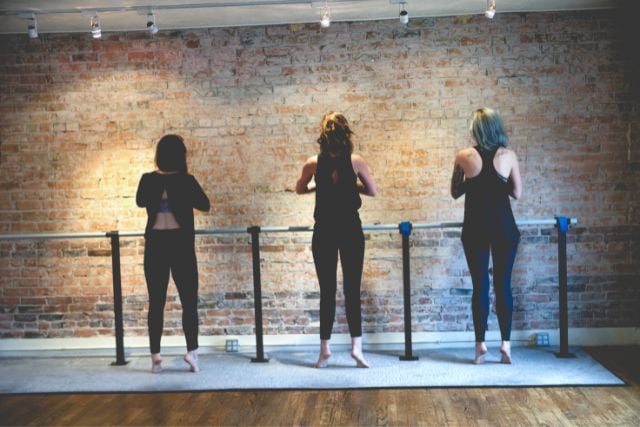
Strengthens your lower legs for better stability.
How to do it:
- Stand tall and rise up onto your toes
- Hold the position for 1-2 seconds
- Lower slowly back down
- Complete 15-20 repetitions
You can make it harder if you want. Try doing them on one leg at a time.
Struggling with tired legs after workouts? Try these exercises to fight leg fatigue and boost your endurance naturally.
11. Step-Ups
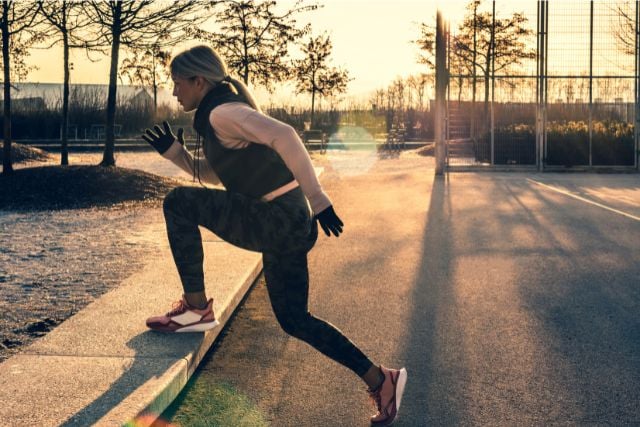
Use stairs or a sturdy step for this functional exercise.
How to do it:
- Step up onto the step with your right foot
- Bring your left foot up to meet it
- Step down with control, leading with the same foot
- Do 8-10 repetitions, then switch leading leg
A safety note? Make sure your entire foot is on the step.
12. Wall Sit

Builds leg endurance without any equipment.
How to do it:
- Lean your back against a wall with feet hip-width apart
- Slide down until your thighs are parallel to the floor
- Hold this position for 15-30 seconds
- Work up to holding for longer periods
Breathing is really important here. Focus on steady breathing to help pass the time.
Core Exercises
13. Modified Plank

Builds core strength without straining your back.
How to do it:
- Start on your hands and knees
- Step back until your body forms a straight line from head to knees
- Hold for 15-30 seconds
- Keep breathing normally throughout
Make sure you keep your hips level. Don’t let them sag or pike up.
14. Dead Bug
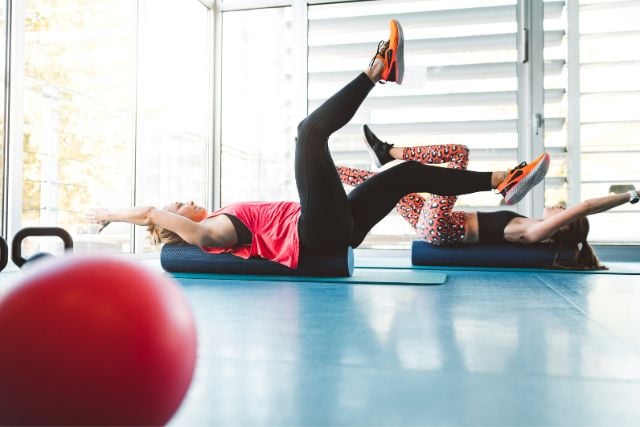
Great for deep core stability.
How to do it:
- Lie on your back with arms reaching toward the ceiling
- Bend your knees at 90 degrees with feet off the floor
- Slowly lower your right arm and left leg toward the floor
- Return to starting position and switch sides
- Do 5-8 repetitions each side
It is important to keep your lower back pressed against the floor.
15. Bird Dog
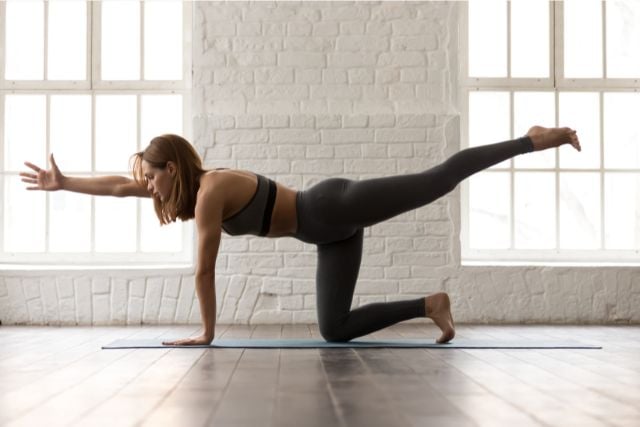
Improves balance and core strength at the same time.
How to do it:
- Start on your hands and knees
- Extend your right arm forward and left leg back
- Hold for 5 seconds
- Return to starting position and switch sides
- Complete 5-8 repetitions each side
Focus on keeping your body stable and balanced.
Full Body Exercises
16. Squat to Press
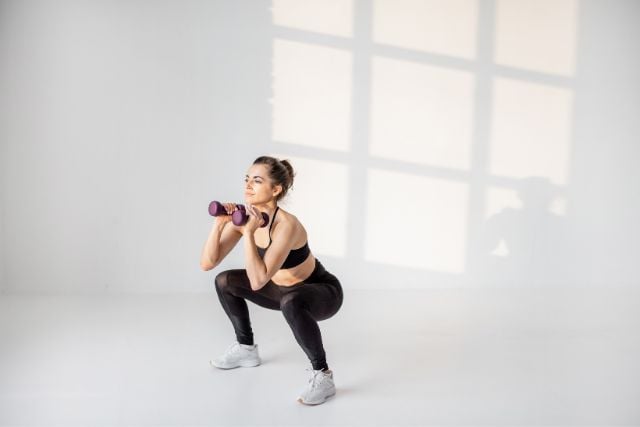
Combines lower and upper body work efficiently.
How to do it:
- Hold dumbbells at shoulder height
- Perform a squat
- As you stand up, press the weights overhead
- Lower the weights as you squat down again
- Do 8-10 repetitions
Benefit: Works multiple muscle groups at once.
17. Reverse Lunge with Bicep Curl
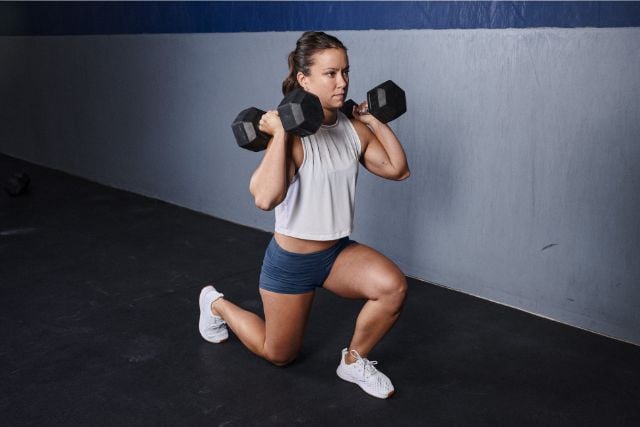
Works your legs and arms together.
How to do it:
- Hold dumbbells at your sides
- Step back into a lunge position with your right leg
- As you lunge, curl the weights toward your shoulders
- Return to starting position and switch legs
- Complete 8 repetitions each side
You need to master the lunge movement first, then add the arm curl.
18. Romanian Deadlift
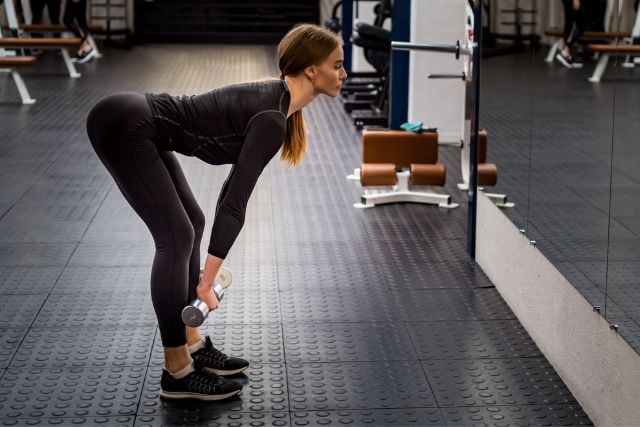
Strengthens your entire back side.
How to do it:
- Hold dumbbells in front of your thighs
- Hinge at your hips while keeping a slight bend in your knees
- Lower the weights toward the floor, keeping your back straight
- Return to standing by pushing your hips forward
- Do 8-10 repetitions
You should feel a stretch in your hamstrings as you lower down.
Why Strength Training Matters After 40
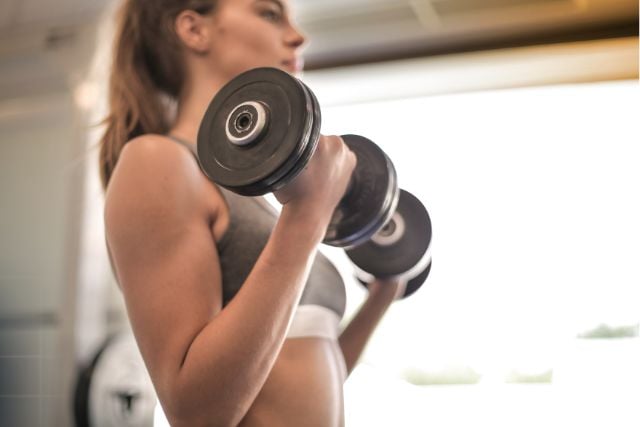
Your body changes as you age, and that’s completely normal. After 40, you naturally start losing muscle mass each year. This process can slow down your metabolism and make everyday tasks more difficult.
Strength training helps you:
- Maintain and build muscle mass to keep your metabolism active
- Strengthen your bones and reduce the risk of osteoporosis
- Improve your balance and reduce fall risk
- Boost your energy levels for daily activities
- Feel more confident and capable in your body
- Sleep better and manage stress more effectively
Regular strength training doesn’t just change how you look – it changes how you feel and function every day.
Getting Started: The Basics
Here’s what you need to know before exercising:
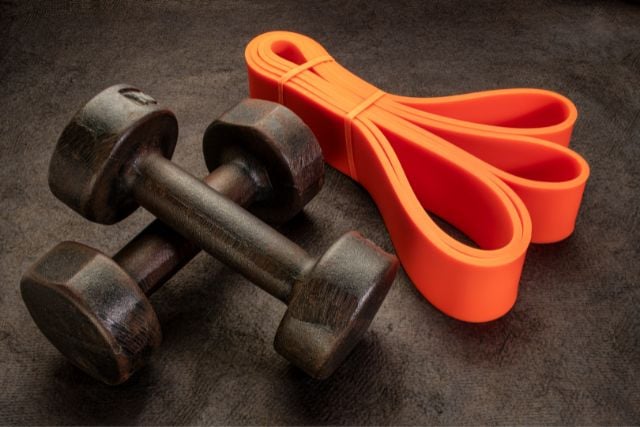
How often should you strength train? Start with 2-3 times per week. Your muscles need rest days to recover and grow stronger.
What equipment do you need? A set of dumbbells (5-15 pounds), resistance bands, and a sturdy chair will work for most exercises. Many can be done with no equipment at all.
Listen to your body. Some muscle soreness after workouts is normal, especially when starting out. Sharp pain is not normal and means you should stop.
Start slowly. Begin with easier versions of exercises and lighter weights. You can always progress as you get stronger.
Conclusion
Strength training after 40 doesn’t have to be complicated. These 18 exercises will help you build muscle, protect your bones, and feel stronger in your daily life.
Start with 3-4 exercises that feel comfortable and do them 2-3 times per week. Progress at your own pace and stay consistent. Your stronger self starts with today’s workout.






